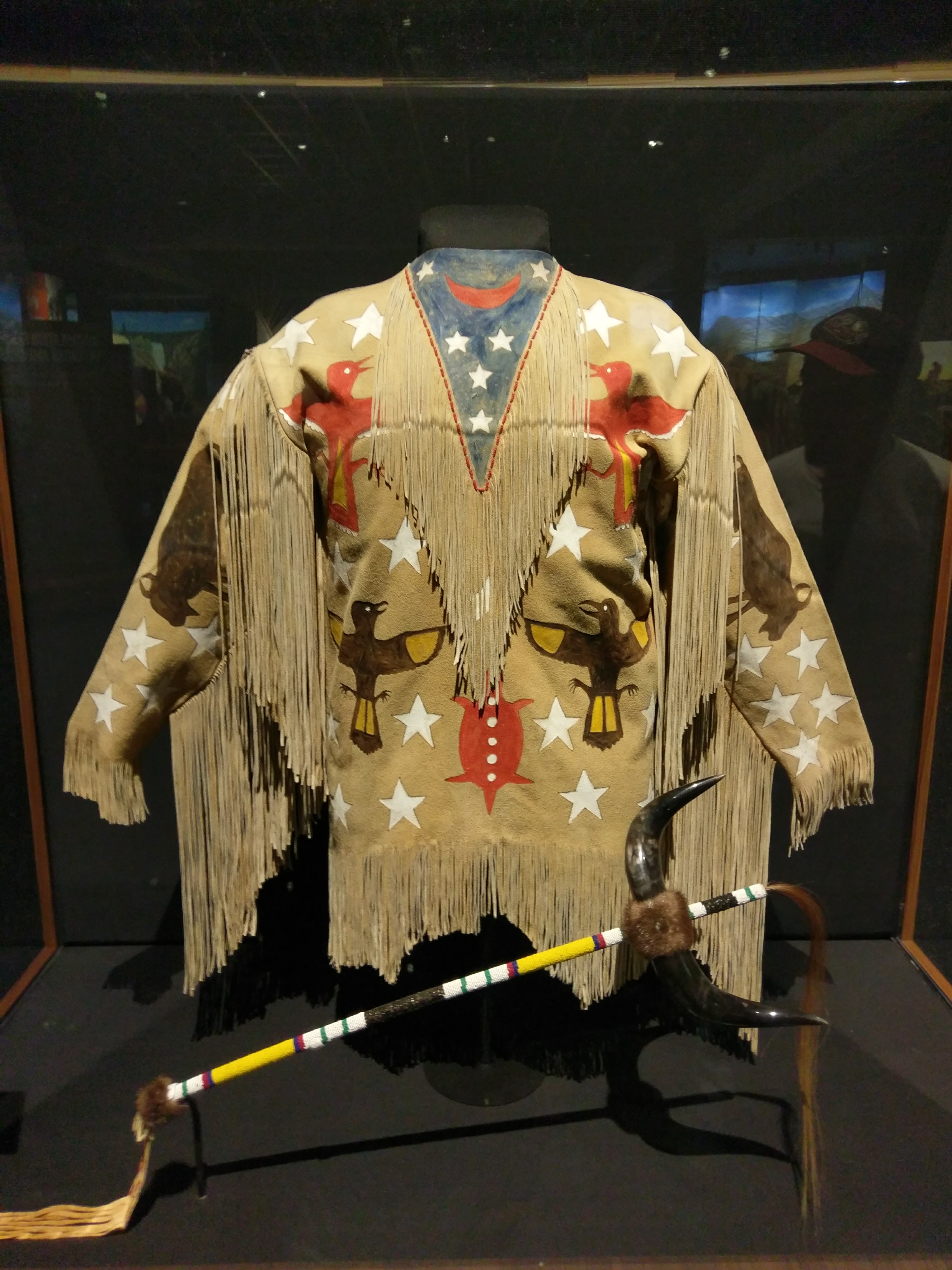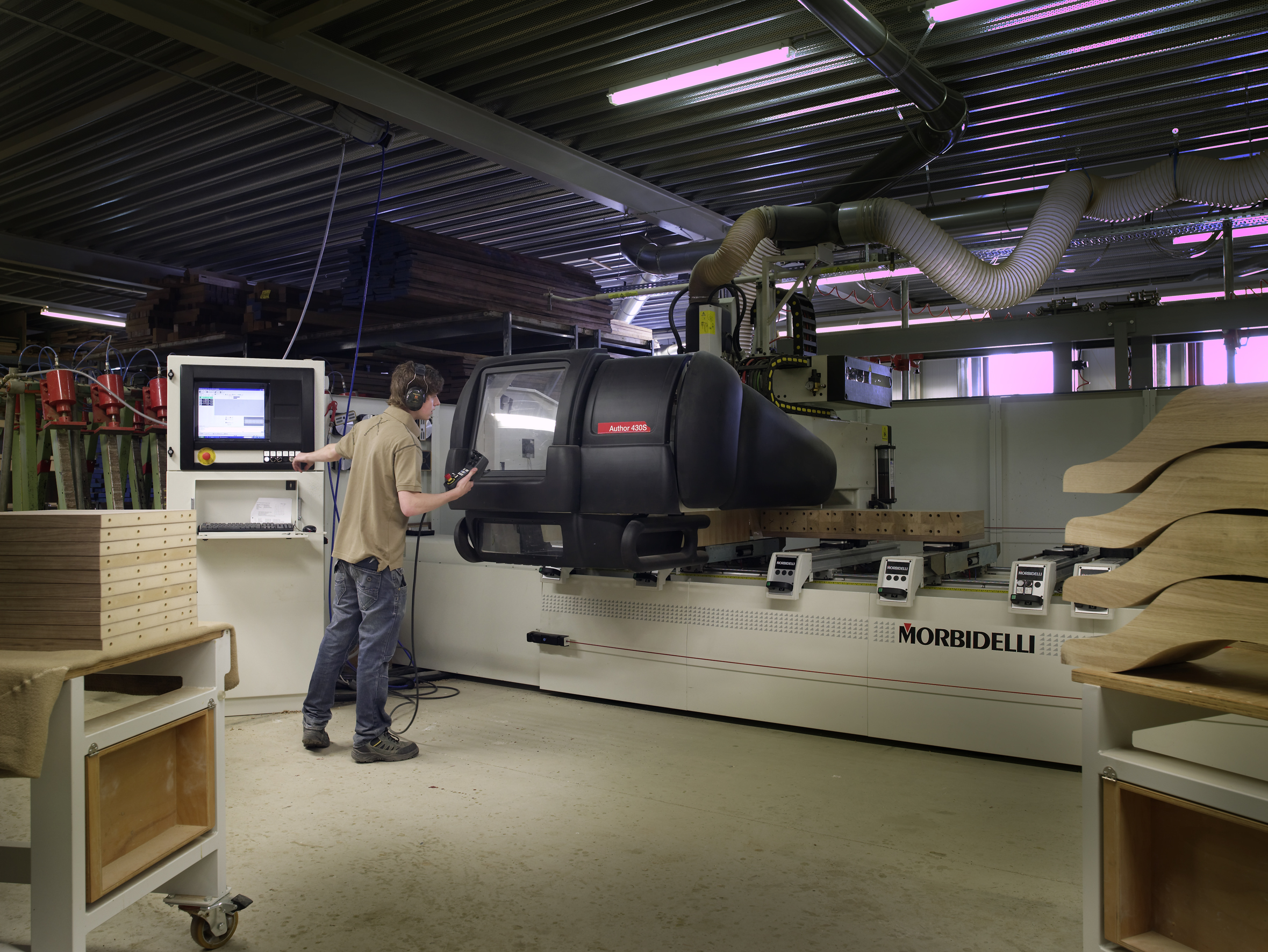|
Player Piano (novel)
''Player Piano'' is the debut novel by American writer Kurt Vonnegut Jr., published in 1952. The novel depicts a dystopia of automation partly inspired by the author's time working at General Electric, describing the negative impact technology can have on quality of life. The story takes place in a near-future society that is almost totally mechanized, eliminating the need for human laborers. The widespread mechanization creates conflict between the wealthy upper class, the engineers and managers, who keep society running, and the lower class, whose skills and purpose in society have been replaced by machines. The book uses irony and sentimentality, which were to become hallmarks developed further in Vonnegut's later works. Plot While most Americans were fighting in the third world war, the nation's managers and engineers responded by developing ingenious automated systems that allowed factories to operate with only a few workers. Ten years after the war, most workers have no ... [...More Info...] [...Related Items...] OR: [Wikipedia] [Google] [Baidu] |
Kurt Vonnegut Jr
Kurt Vonnegut ( ; November 11, 1922 – April 11, 2007) was an American author known for his Satire, satirical and darkly humorous novels. His published work includes fourteen novels, three short-story collections, five plays, and five nonfiction works over fifty-plus years; further works have been published since his death. Born and raised in Indianapolis, Vonnegut attended Cornell University, but withdrew in January 1943 and enlisted in the United States Army, U.S. Army. As part of his training, he studied mechanical engineering at the Carnegie Mellon University, Carnegie Institute of Technology and the University of Tennessee. He was then deployed to Europe to fight in World War II and was captured by the Germans during the Battle of the Bulge. He was prisoner of war, interned in Dresden, where he survived the Bombing of Dresden in World War II, Allied bombing of the city in a meat locker of the slaughterhouse where he was imprisoned. After the war, he married Jane Marie Cox ... [...More Info...] [...Related Items...] OR: [Wikipedia] [Google] [Baidu] |
Fourth Wall
The fourth wall is a performance dramatic convention, convention in which an invisible, imaginary wall separates actors from the audience. While the audience can see through this "wall", the convention assumes the actors act as if they cannot. From the 16th century onward, the rise of illusionism in staging practices, which culminated in the realism (theatre), realism and naturalism (theatre), naturalism of the Nineteenth-century theatre, theatre of the 19th century, led to the development of the fourth wall concept. The metaphor suggests a relationship to the mise-en-scène behind a proscenium, proscenium arch. When a scene is set indoors and three of the walls of its room are presented onstage, in what is known as a Box set (theatre), box set, the fourth of them would run along the line (technically called the proscenium) dividing the room from the auditorium. The ''fourth wall'', though, is a theatrical convention, rather than of set design. The actors ignore the audience, f ... [...More Info...] [...Related Items...] OR: [Wikipedia] [Google] [Baidu] |
Bagombo Snuff Box
''Bagombo Snuff Box'' is a collection of 23 short stories written by Kurt Vonnegut. The stories were originally published in US periodicals between 1950 and 1963, and consisted of virtually all of Vonnegut's previously published short fiction of the 1950s and 60s that had not been collected in 1968's ''Welcome to the Monkey House ''Welcome to the Monkey House'' is a collection of 25 short stories written by Kurt Vonnegut, published by Delacorte in August 1968. The stories range from wartime epics to futuristic thrillers, given with satire and Vonnegut's unique edge. Th ...''. This collection was published in 1999 by G. P. Putnam's Sons. Vonnegut revised three stories for publication in this collection: "The Powder-Blue Dragon" (1954), "The Boy Who Hated Girls" (1956), and "Hal Irwin's Magic Lamp" (1957). The unrevised version of "Hal Irwin's Magic Lamp" was anthologized in '' Canary in a Cat House'' (1961). The final work in the collection, "Coda to My Career as a Writer ... [...More Info...] [...Related Items...] OR: [Wikipedia] [Google] [Baidu] |
Ghost Shirts
Ghost shirts are shirts, or other clothing items, worn by members of the Ghost Dance religion, and thought to be imbued with spiritual powers. The religion was founded by Wovoka (Jack Wilson), a Northern Paiute Native American, in the late 19th century and quickly spread throughout the Indigenous peoples of the Great Basin and Plains tribes. Ghost shirts, sacred to certain factions of Lakota people, were thought to guard against bullets through spiritual power. Wovoka opposed open rebellion against the white settlers. He believed that through pacificism, the Lakota and the rest of the Native Americans would be delivered from white oppression in the form of earthquakes. However, two Lakota warriors and followers of Wovoka, Kicking Bear and Short Bull, thought otherwise, and believed that Ghost shirts would protect the wearer enough to actively resist U.S. military aggression. The shirts did not work as promised, and when the U.S. Army attacked, 153 Lakota died, with 50 wounded ... [...More Info...] [...Related Items...] OR: [Wikipedia] [Google] [Baidu] |
Music Synthesizer
Algorithmic composition is the technique of using algorithms to create music. Algorithms (or, at the very least, formal sets of rules) have been used to compose music for centuries; the procedures used to plot voice-leading in Western counterpoint, for example, can often be reduced to algorithmic determinacy. The term can be used to describe music-generating techniques that run without ongoing human intervention, for example through the introduction of chance procedures. However through live coding and other interactive interfaces, a fully human-centric approach to algorithmic composition is possible. Some algorithms or data that have no immediate musical relevance are used by composers as creative inspiration for their music. Algorithms such as fractals, L-systems, statistical models, and even arbitrary data (e.g. census figures, GIS coordinates, or magnetic field measurements) have been used as source materials. Models Compositional algorithms are usually classified by the ... [...More Info...] [...Related Items...] OR: [Wikipedia] [Google] [Baidu] |
Player Piano
A player piano is a self-playing piano with a pneumatic or electromechanical mechanism that operates the piano action using perforated paper or metallic rolls. Modern versions use MIDI. The player piano gained popularity as mass-produced home pianos increased in the late 19th and early 20th centuries. Sales peaked in 1924 and subsequently declined with improvements in electrical phonograph recordings in the mid-1920s. The advent of electrical amplification in home music reproduction, brought by radios, contributed to a decline in popularity, and the stock market crash of 1929 virtually wiped out production. History The first practical pneumatic piano player, manufactured by the Aeolian Company and called the "Pianola", was invented in 1896 by Edwin S. Votey, and came into widespread use in the 20th century. The name "pianola", sometimes used as a generic name for any player piano, came from this invention. The mechanism of this player piano was all-pneumatic: foot-operated ... [...More Info...] [...Related Items...] OR: [Wikipedia] [Google] [Baidu] |
We (novel)
''We'' () is a dystopian novel by Russian writer Yevgeny Zamyatin (often anglicised as Eugene Zamiatin) that was written in 1920–1921. It was first published as an English translation by Gregory Zilboorg in 1924 by E. P. Dutton in New York, with the original Russian text first published in 1952. The novel describes a world of harmony and conformity within a united totalitarianism, totalitarian state that is rebelled against by the protagonist, D-503 (). It influenced the emergence of dystopia as a literary genre. George Orwell said that Aldous Huxley's 1931 ''Brave New World'' must be partly derived from ''We'', although Huxley denied this. Orwell's own ''Nineteen Eighty-Four'' (1949) and ''Animal Farm'' were also inspired by ''We'', as are many other contemporary dystopian novels. Setting ''We'' is set in the far future. D-503, a spacecraft engineer, lives in the One State,The Ginsburg and Randall translations use the phrasing "One State". Guerney uses "The One State"—ea ... [...More Info...] [...Related Items...] OR: [Wikipedia] [Google] [Baidu] |
Yevgeny Zamyatin
Yevgeny Ivanovich Zamyatin ( rus, Евге́ний Ива́нович Замя́тин, p=jɪvˈɡʲenʲɪj ɪˈvanəvʲɪdʑ zɐˈmʲætʲɪn; – 10 March 1937), sometimes anglicized as Eugene Zamyatin, was a Russian author of science fiction, philosophy, literary criticism, and political satire. The son of a Russian Orthodox priest, Zamyatin lost his faith in Christianity at an early age and became a Bolshevik. As a member of his Party's Pre-Revolutionary underground, Zamyatin was repeatedly arrested, beaten, imprisoned, and exiled. However, Zamyatin was just as deeply disturbed by the policies pursued by the All-Union Communist Party (b) KP (b)following the October Revolution as he had been by Tsarist policy. Due to his subsequent use of literature to both satirize and criticize the Soviet Union's enforced conformity and increasing totalitarianism, Zamyatin, whom Mirra Ginsburg has dubbed "a man of incorruptible and uncompromising courage,"Yevgeny Zamyatin (1967), ''Th ... [...More Info...] [...Related Items...] OR: [Wikipedia] [Google] [Baidu] |
Brave New World
''Brave New World'' is a dystopian novel by English author Aldous Huxley, written in 1931, and published in 1932. Largely set in a futuristic World State, whose citizens are environmentally engineered into an intelligence-based social hierarchy, the novel anticipates huge scientific advancements in reproductive technology, sleep-learning, psychological manipulation and classical conditioning that are combined to make a dystopian society which is challenged by the story's protagonist. Huxley followed this book with a reassessment in essay form, '' Brave New World Revisited'' (1958), and with his final novel, ''Island'' (1962), the utopian counterpart. This novel is often compared as an inversion counterpart to George Orwell's '' Nineteen Eighty-Four'' (1949). In 1998 and 1999, the Modern Library ranked ''Brave New World'' at number 5 on its list of the 100 Best Novels in English of the 20th century. In 2003, Robert McCrum, writing for ''The Observer'', included ''Brave ... [...More Info...] [...Related Items...] OR: [Wikipedia] [Google] [Baidu] |
Punched Cards
A punched card (also punch card or punched-card) is a stiff paper-based medium used to store digital information via the presence or absence of holes in predefined positions. Developed over the 18th to 20th centuries, punched cards were widely used for data processing, the control of automated machines, and computing. Early applications included controlling weaving looms and recording census data. Punched cards were widely used in the 20th century, where unit record machines, organized into data processing systems, used punched cards for data input, data output, and data storage. The IBM 12-row/80-column punched card format came to dominate the industry. Many early digital computers used punched cards as the primary medium for input of both computer programs and data. Punched cards were used for decades before being replaced by magnetic storage and terminals. Their influence persists in cultural references, standardized data layouts, and computing conventions such as 80-c ... [...More Info...] [...Related Items...] OR: [Wikipedia] [Google] [Baidu] |
Numerical Control
Computer numerical control (CNC) or CNC machining is the automated control of machine tools by a computer. It is an evolution of numerical control (NC), where machine tools are directly managed by data storage media such as punched cards or punched tape. Because CNC allows for easier programming, modification, and real-time adjustments, it has gradually replaced NC as computing costs declined. A CNC machine is a motorized maneuverable tool and often a motorized maneuverable platform, which are both controlled by a computer, according to specific input instructions. Instructions are delivered to a CNC machine in the form of a sequential program of machine control instructions such as G-code and M-code, and then executed. The program can be written by a person or, far more often, generated by graphical computer-aided design (CAD) or computer-aided manufacturing (CAM) software. In the case of 3D printers, the part to be printed is "sliced" before the instructions (or the prog ... [...More Info...] [...Related Items...] OR: [Wikipedia] [Google] [Baidu] |





